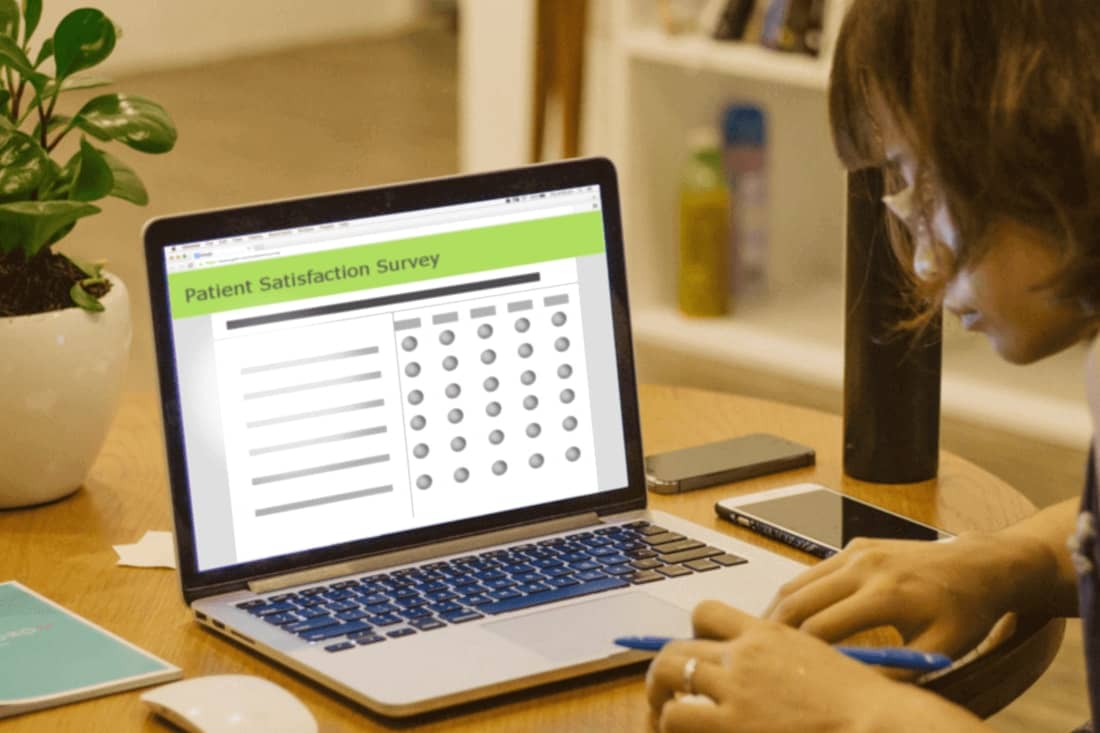Effective Feedback Collection: The New-age Patient Satisfaction Surveys
Patient satisfaction surveys have become the standard for quantifying patient experience, qualifying healthcare outcomes and even determining your payments1. Do surveys play these roles in your practice?
The hue and cry about patient satisfaction surveys
In any industry, ignoring the customer, to say that the customer’s voice and desires are irrelevant, is the sure-shot way of getting out of competitiveness and out of the market. Healthcare is no exception to this. On an average, satisfied patients will share positive review with five others and dissatisfied patients complain to nine or more people. These opinions quickly become viral in today’s online world.
An American Journal of Managed Care study found that medical survey non-respondents incurred higher medical utilization costs and showed lower medication adherence. Is it that the patients passive about their health outcomes are passive about surveys too, or does taking a survey help remind a patient of her own role in her healthcare?
Patient’s perception of the quality of service and care they receive gives valuable insights on improvement areas. Further, it establishes that you are open for ways to improve, that you are interested in quality. So while you may or may not want to use surveys to evaluate the science of your medicine, they can certainly improve your health care art.
Execution and engagement challenges
Creating an efficient satisfaction survey is no easy task and will require a huge investment in terms of time. Designing the survey instrument, selecting a sample, preparing the survey for mailing, tabulating the responses, analyzing the data etc. The major physical costs of a survey are paper, printing and postage. It is archaic and inefficient to take surveys via paper forms.
If you decide to outsource your patient survey, a rough cost estimate for a practice with 3 providers is about $300-$400 per provider. This is practical as a one-off exercise, but measuring patient satisfaction should ideally be a continuous process.
There are many tools in the marketplace that allows you to automate triggering and executing patient satisfaction surveys. But at the end of the day, if they do not garner a sizeable response rate and is easy to use, it becomes just another technology investment that drains your resources and demands more for upkeep.
Integrating patient satisfaction surveys into a mainstream solution
Integrating patient surveys into a more mainstream solution can be an efficient way of executing the process. That way, you do not end up having to manage disparate IT systems. Vendor consolidation provides flexibility and simplicity.
For instance, HealthAsyst’s automated patient check-in system-CheckinAsyst, offers patient satisfaction surveys along with its paperless patient check-in and patient chart building features. The goal is to eventually transform your facility into a paperless practice and CheckinAsyst seamlessly integrates all features required for that into a modularized solution.
Another aspect to consider for ensuring usability is accessibility. Paper forms are passé and many attempts to offer surveys that can be filled digitally. However, respondents have to fill the surveys within the facility. Some patients might get irritated about the additional interruption of a survey to their already-busy schedule. This prompts patients to give less thought out suggestions resulting in incorrect results, or very often, no results at all.
Easy access via mobiles and emails
Extending ease of access is key. Offering the option of taking surveys via personal mobiles or laptops brings convenience and increase user adoption. Your patients will be enthusiastic to participate and voice out their opinion to help you build a positive patient experience.
Only you can decide what’s best for your practice. But it may well be that the future will embrace simplicity and accessibility.







